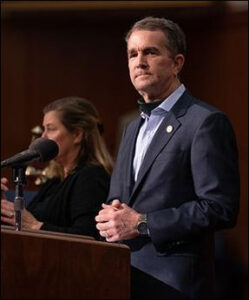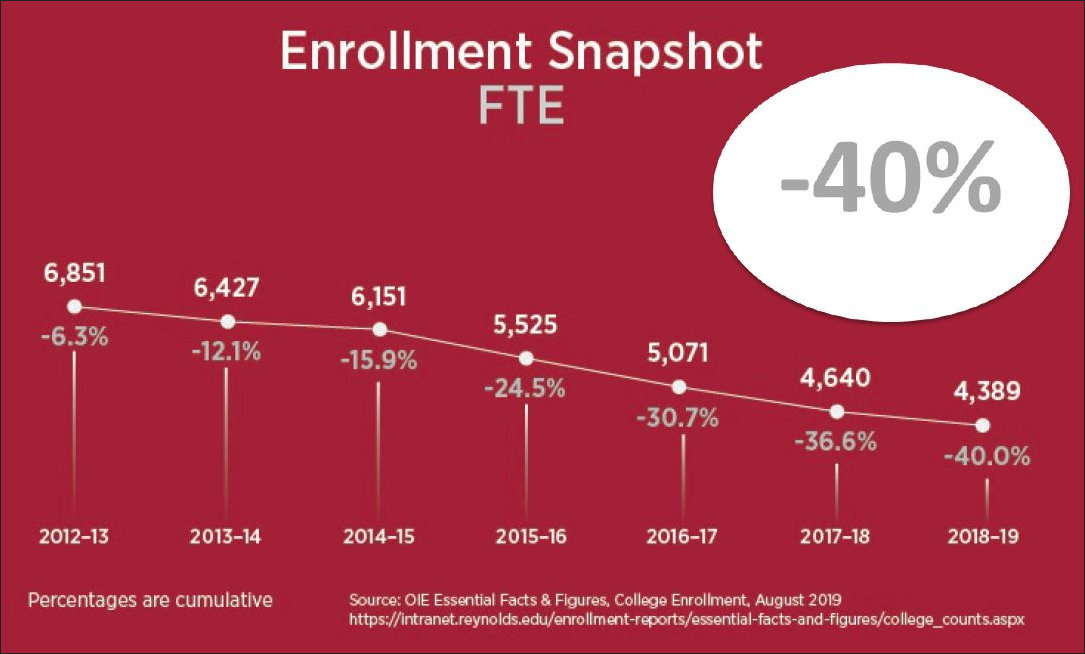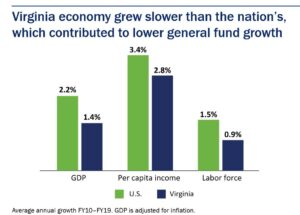By Peter Galuszka
There has been much debate on this blog regarding whether there is “systemic racism” in Virginia and the rest of the country.
It’s a crucial question in the aftermath of the death of George Floyd, an unarmed and handcuffed African American who was killed on video by a white Minneapolis police officer two weeks ago. The killing sparked nationwide demonstrations, some rioting and a big rethink of race relations.
Regarding is “system racism,” my answer in a resounding “yes” although I agree there has been significant progress in race relations since the since the 1960s.
A few examples:
- Virginia was the embarkation point for American’s first slaves.
- Slavery was a key social, economic and political institution for several hundred years.
- The Civil War was fought over slavery. Most battles were in Virginia.
- The state embraced Jim Crow laws and kept them for years. These made it crimes for people of different races to go to school together, go on public transit together, sit together in restaurants, get married and so on.
- There were plenty of lynchings in Virginia. Many went unpunished.















